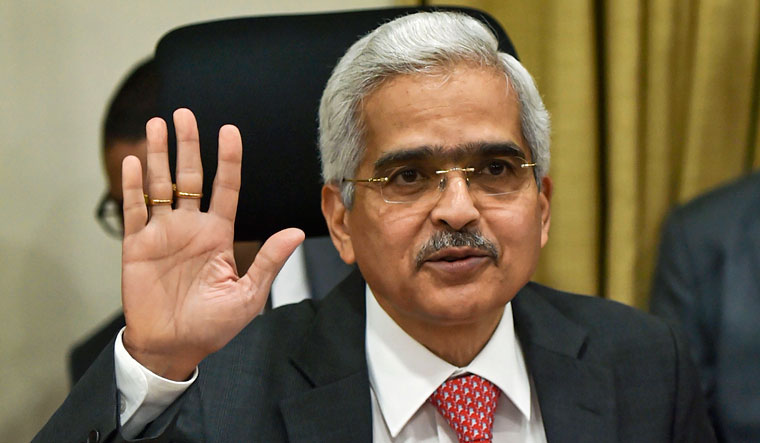The Reserve Bank of India is closely monitoring the developments in the non-banking financial services sector and will take measures to ensure financial stability, Shaktikanta Das, the governor of the central bank said on Thursday.
India’s large NBFC sector has been reeling under a liquidity crunch after lenders became wary since the defaults at infra lender IL&FS last year. Earlier this week, Dewan Housing Finance Corporation failed to meet its scheduled debt obligations on June 4, which led to ratings agencies downgrading ratings on some of its debt instruments.
RBI does not regulate housing finance companies (HFCs). However, given the significant exposure banks have to HFCs, it is keeping a watch on the developments.
“RBI is mandated to look after the financial stability of the entire economy. In that background, we have been very closely monitoring the activity and the performance and the developments in the NBFC sector, including the HFCs,” said Das, in an interaction with reporters post the bi-monthly monetary policy announcement.
The governor said that the RBI was monitoring major NBFCs and HFCs, and remained committed to ensure a robust and well functioning NBFC sector.
“RBI will not hesitate to take whatever steps that are required to ensure that financial stability is not adversely impacted in any manner by any development,” Das said.
The RBI’s monetary policy committee cut its benchmark repo rate by another 0.25 per cent (25 basis points) to 5.75 per cent on Thursday, taking the cumulative interest rate cuts over three consecutive MPC meets to 0.75 per cent. It also changed its stance to "accommodative" from "neutral."
The RBI board met in Chennai on May 21 and in a view to strengthen the supervision and regulation of commercial banks, urban cooperative banks and NBFCs, a decision was taken to create a specialised supervisory and regulatory cadre within the RBI.
The central bank has already reduced period of NBFC supervision to 12 months now from 18 months earlier.
“Every year there is an inspection of NBFCs. So, RBI will not delay to take any action if and when such action is required,” said Das.
Many have blamed liquidity constraints as one of the factors for the current woes of NBFCs. Das said the RBI would ensure adequate liquidity would be available in the system. It has injected Rs 70,000 crore liquidity in April and Rs 33,400 crore in May on a daily net average basis under the LAF (liquidity adjustment facility). It also conducted two OMO (open market operations) purchase auctions in May amounting to Rs 25,000 crore and US dollar buy/sell swap auction of around Rs 34,874 crore.
It has already announced it would conduct an OMO purchase auction of Rs 15,000 crore on June 13.
An internal working group is being constituted by the central bank to comprehensively review the existing liquidity management framework and suggest measures to simplify the same and clearly communicate the objectives, quantitative measures and toolkit of liquidity management by the central bank. The group is expected to submit its report by mid-July this year.



